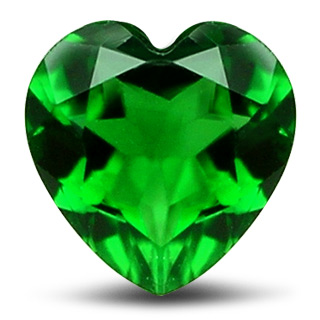Diaspore
Diaspore is a native aluminium oxide hydroxide. Diaspore is considered to be a semi-precious gemstone and while limited in nature, gems of good color and size are available, however, faceted stones above 5 carat are rare.
Relatively new to the jewelry world, Zultanite (Turkish Diaspore) is a gemstone whose amazing natural color changing abilities make it well suited to savvy jewelry connoisseurs. Zultanite is light toned with a color change of 100%, going from celery green to champagne to raspberry and ginger. Brilliant, mesmerizing and fashionable, the phenomenal Diaspore and Zultanite are rare stars in fine jewelry design, deserving pride of place in every serious jewelry collection.
Mined from a single deposit in the mountains of central Turkey, the name zultanite is a brand name introduced by the man with mining rights to the deposit, Murat Akgun. We assume the name is supposed to reference the sultans who ruled the Ottoman Empire.
Diaspore has reasonably good gemstone characteristics. It has a hardness of 6.5 to 7 on the Mohs scale, comparable to peridot and tanzanite. It has a refractive index of 1.702-1.750, between tanzanite and spinel. Diaspore does have perfect cleavage in one direction, making it a challenge to cut.
Gems that change color under different lighting are rare and diapsore is attracting buyers drawn to this unique quality. Diaspore is a light yellow green (celery green) with color change to medium yellow pink (pinkish champagne).
Zultanite is a light yellow green (celery green) with color change to champagne to raspberry and ginger.
Diaspore deposits have now been found in a number of locations around the world, including Arizona and Pennsylvania in the USA, New Zealand, Brazil, Argentina, Russia, UK and China. But thus far the only gem-quality material has been mined in Turkey.
Diaspore and Zultanite are not strong gemstones and as such, earrings, pendants, pins, and tie tacks are probably the safest choice for these stones. Rings should be limited to occasional wear and the stones should be set with a protective setting.









